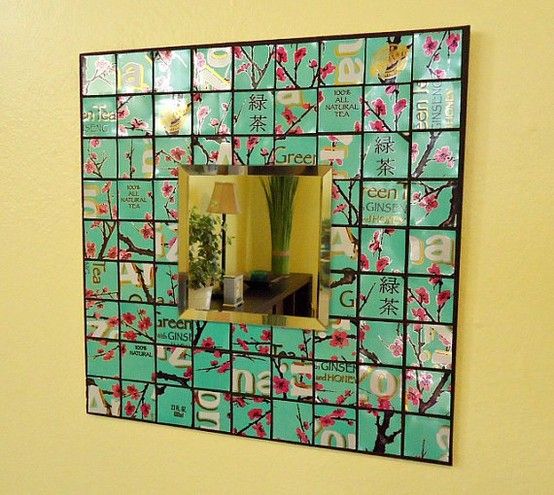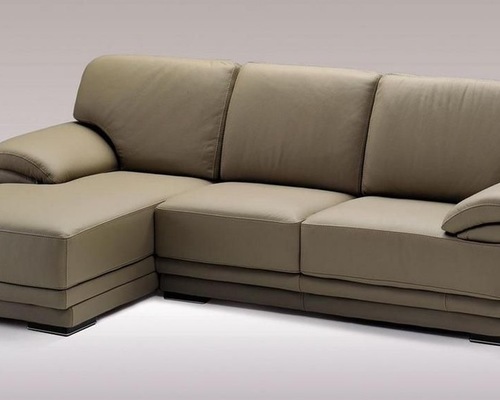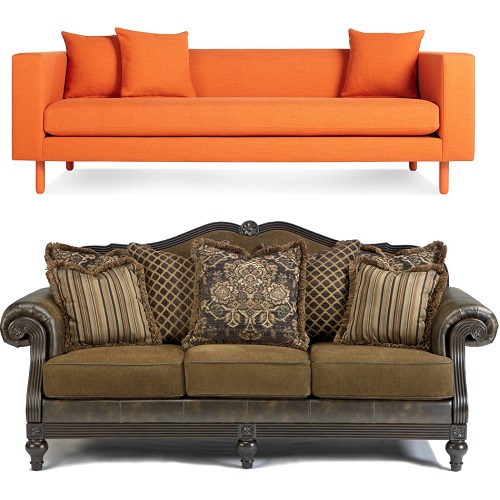Throw a party and have too many Bud Lights and have cans sitting all over your kitchen? Have a serious soda addiction and your recycle bin is piling up with cans? Don’t throw them away or even take them to the recycling center for your pitiful payout, keep them! There are all sorts of ways to upcycle a simple aluminum can into trinket boxes, wall tiles, chic labels, and more!
Mosaic Style Trinket Boxes

Aluminum is thing and pliable, making it easy to apply designs and use tin snips to cut the metal into any shape you want and create all sorts of designs with the metal. Another nifty advantage to working with aluminum is that it can be practice for anyone looking to make items out of pewter, which is just as pliable but far more expensive, so you wouldn’t want to work with it without a bit of practice.
Embossed Bowl or Dish Covers
Since aluminum is so soft and pliable, you don’t need any fancy or expensive tools to craft with it. You can simply turn it over and and use a ball point pen and draw any design you want, maybe even trace a stencil, and the other side will show a beautiful embossed design.

Projects for the Kids
Kids can get crafty with aluminum cans as well, with embossing and coloring, glitter, what have you. Just do all the cutting beforehand and use a Dremel Multitool and grinding stone to dull the edges, so that it’s safe for kids to make their own unique creations.

Decorative Wall Tiles
You can make beautiful Spanish style custom wall tiles using patterns or stencils, like these ones. You can choose any paint color to match your home decor. Perhaps put all the tiles together in a frame for a unique art piece that will go in any room and add some mediterranean zest.

Simple and Resilient Plant Labels
One of the most useful ways to upcycle aluminum cans is to again use the ballpoint pen opposite side embossing trick and label your herbs, flowers, and plants. It can be tricky to label plants due to water and being outside in the elements, but now you don’t have to worry about confusing the cilantro and parsley ever again!

Hip Modern Mirror
You don’t have to only use the plain side of the aluminum. If you have a favorite single canned drink or if you drink a large variety of sodas, you can use different parts of each of the labels in a tidily set up mosaic design around a mirror for a fun and colorful statement piece in your home.


DIY Greeting Cards
Cut and decorate pieces of aluminum to embellish your own home made greeting cards. You can use stencils or cookie cutters to get your shapes.

No matter which craft you choose, it feels good to upcycle and use your waste, turning it into a creative and environmentally friendly project. Save those cans and get crafting!


